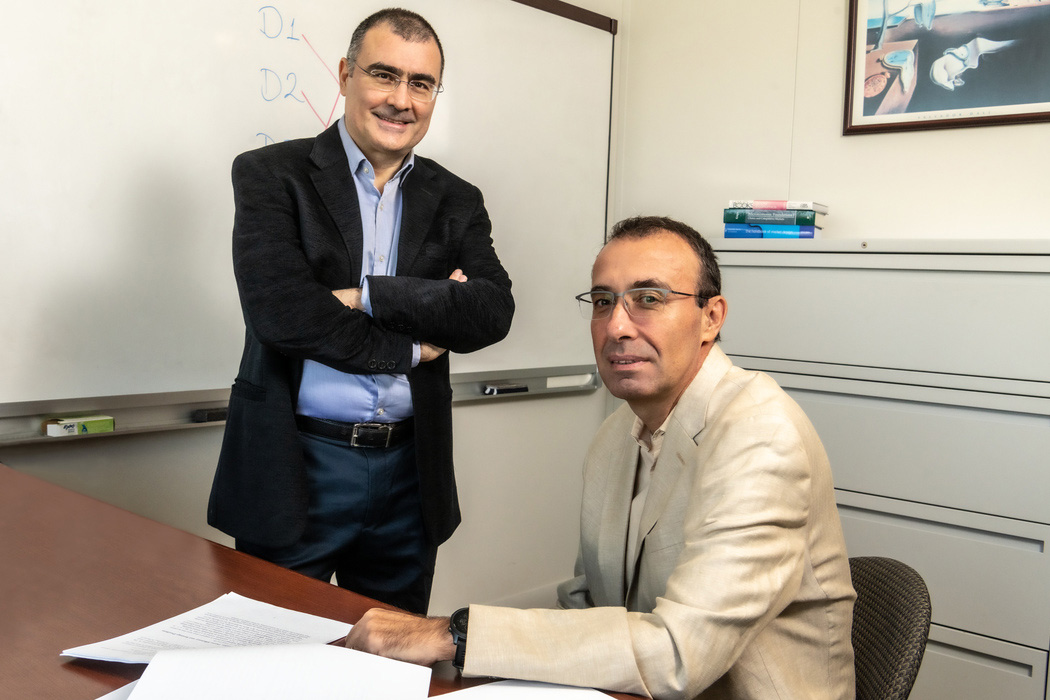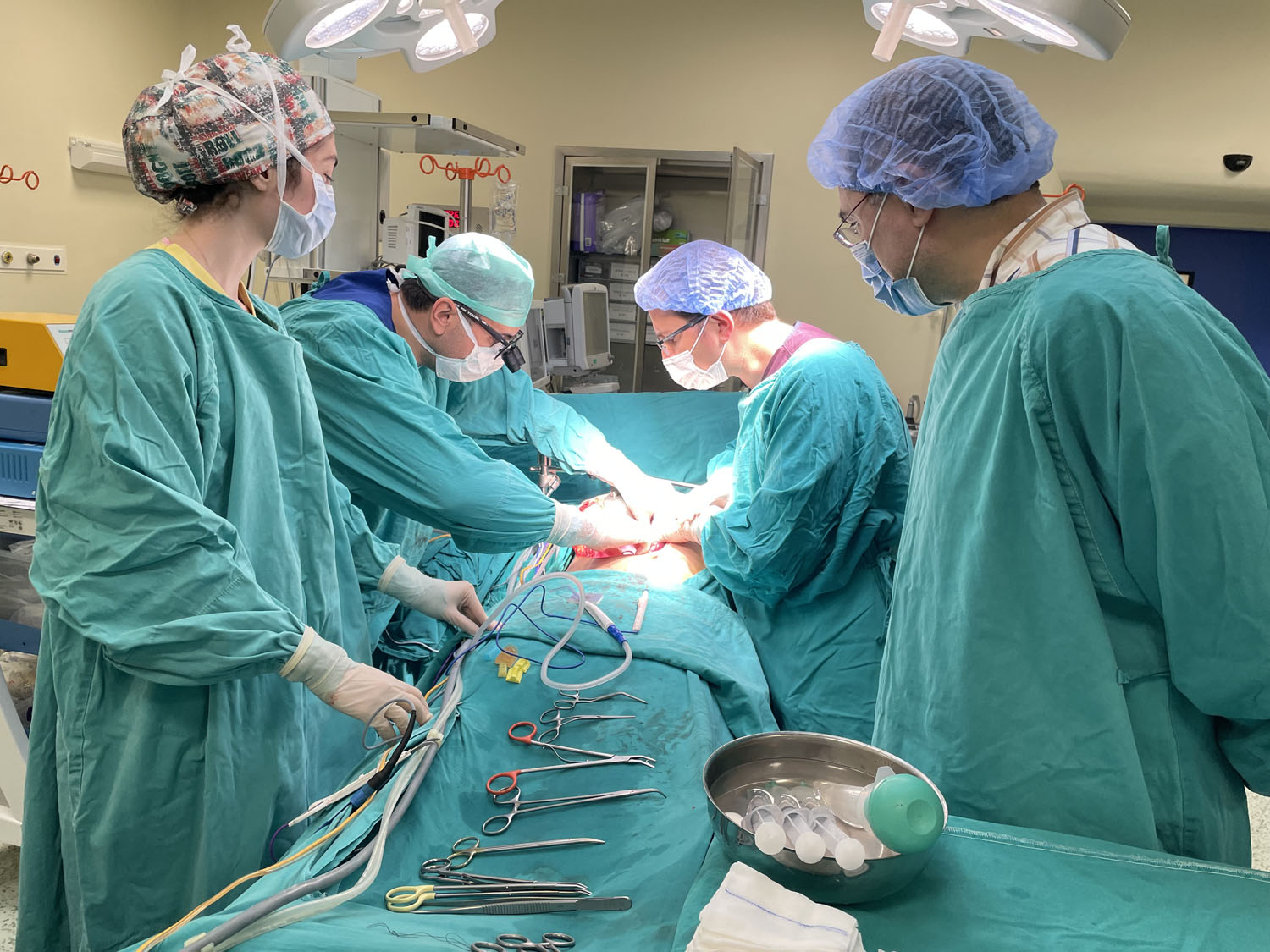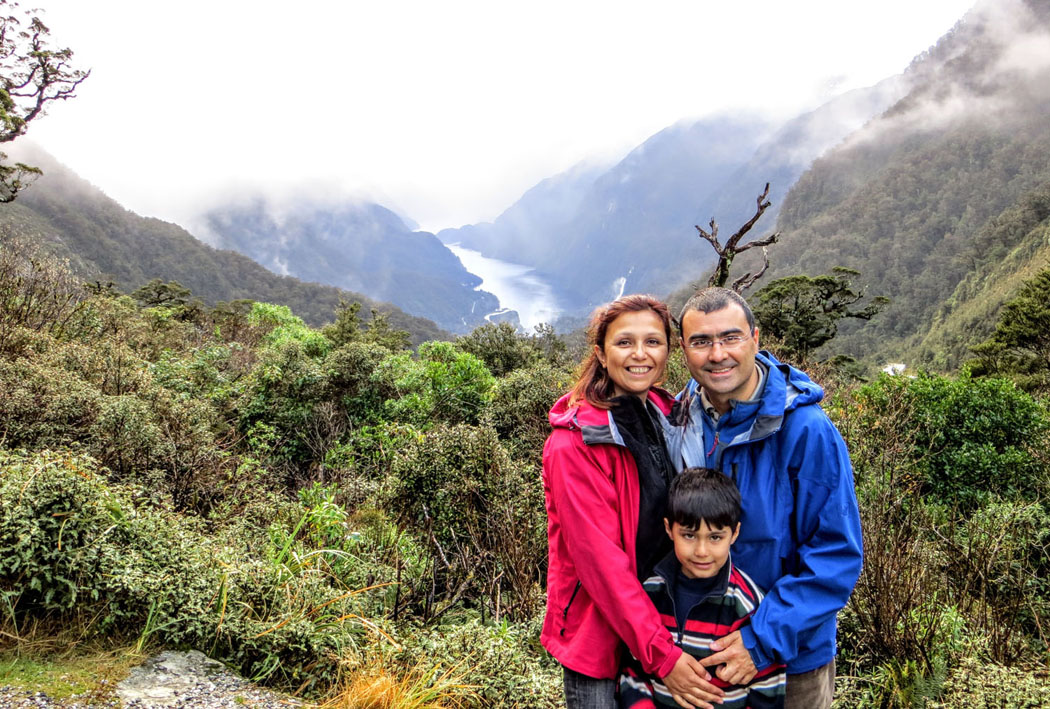
BC researchers enable first four-way liver exchange
In a breakthrough in liver transplantation that may lead to the ability to connect more living donors and patients, a new matching system designed by a team led by Boston College economists enabled the world’s first four-way liver exchange and a cascade of additional matches, researchers reported recently in the American Journal of Transplantation.

In 2022, the liver paired exchange facilitated one four-way exchange and four two-way exchanges for a total of 12 living donor liver transplants performed at the Liver Transplant Institute at Malatya Inonu University, Turkey.
The results show that expanding the capacity of the donor-patient matching mechanism beyond the traditional 2-way change – matching two patients with two donors – can increase the number of transplants that can be matched among a larger group of participants, according to the study, co-authored by BC Professors of Economics Tayfun Sönmez and M. Utku Ünver.
Specifically, in 2022 the liver paired exchange (LPE) facilitated one four-way exchange and four two-way exchanges for a total of 12 living donor liver transplants (LDLT) performed at the Liver Transplant Institute at Malatya Inonu University, in Turkey.
“With only 2-way exchanges, only 10 of these patients would receive a LDLT,” the researchers report. “The number of LDLTs from LPE can be increased by developing the capacity to perform larger than 2-way exchanges in either high-volume centers or multicenter programs.”
Since June 2022, the program has been using a matching procedure that maximizes the number of living donor liver transplants (LDLTs) to the patients in the pool subject to the ethical framework and the logistical constraints of the program.
Sönmez and Ünver are recognized world-leading experts and developers of matching mechanisms, particularly in the area of kidney exchange and transplantation. Their work in “matching markets” has also focused on how to improve K-12 school choice algorithms and the assignment of cadets to military specialties in the U.S. Army.
Living donor liver exchanges are rare. Following the increased role of kidney paired exchange (KPE) in transplantation in the mid 2000s, similar liver paired exchange programs have been launched in a few countries. In January of this year, a national pilot LPE program was established in the U.S.Four years ago, Sönmez and Ünver started working with Sezai Yilmaz MD, the institute director and a renowned surgeon, to launch one of the few living-donor liver exchange programs in the world, Ünver said.

Tayfun Sönmez with his wife, Banu Bedestenci Sönmez, who died in 2016, and their son. A paired exchange program for liver transplantation, developed in part by Tayfun Sönmez in their native Turkey, has been named after Banu.
The work carries special meaning for Sönmez. The LPE program at Malatya Inonu University is named after his late wife, Dr. Banu Bedestenci Sönmez, who died in 2016 following a long battle with breast cancer. The donor exchange system now bears the title the “Banu Bedescenci Sönmez Cross Transplant Program.”
Sönmez said naming the exchange program was a fitting tribute to his wife, a dentist in their native Turkey who gave up her career to move with her husband to the U.S.
"My beloved wife, Banu Bedestenci Sönmez, made a huge sacrifice and left her homeland to support my aspirations to make the world a better place with my research,” said Sönmez, who joined the Boston College economics faculty in 2005. “Until that time a successful dentist in Istanbul, she became a housewife in the U.S., leaving both her career and social life behind. As my policy aspirations started to materialize soon after taking a position at Boston College, Banu was diagnosed with breast cancer. Despite the severe health challenges life threw her way, she never stopped supporting my dreams.”
The COVID-19 pandemic delayed the launch of the program, but has since made history, said Sönmez and Ünver.
“Last summer it facilitated several life-saving donor exchanges, including a world-first four-way liver exchange,” Sönmez said. “Last month we published the first results of the Banu Bedestenci Sönmez Liver Exchange Programour collaboration in the American Journal of Transplantation."
The two economists noted they were glad to make a difference in their home country, particularly at a hospital close to the country’s southeast region, which was devastated by a 7.8 magnitude earthquake in February.
Said Ünver: “The Institute already has the world's second-largest living donation transplant program volume, and our exchange program will hopefully help many other people with end-stage liver disease to live.”
